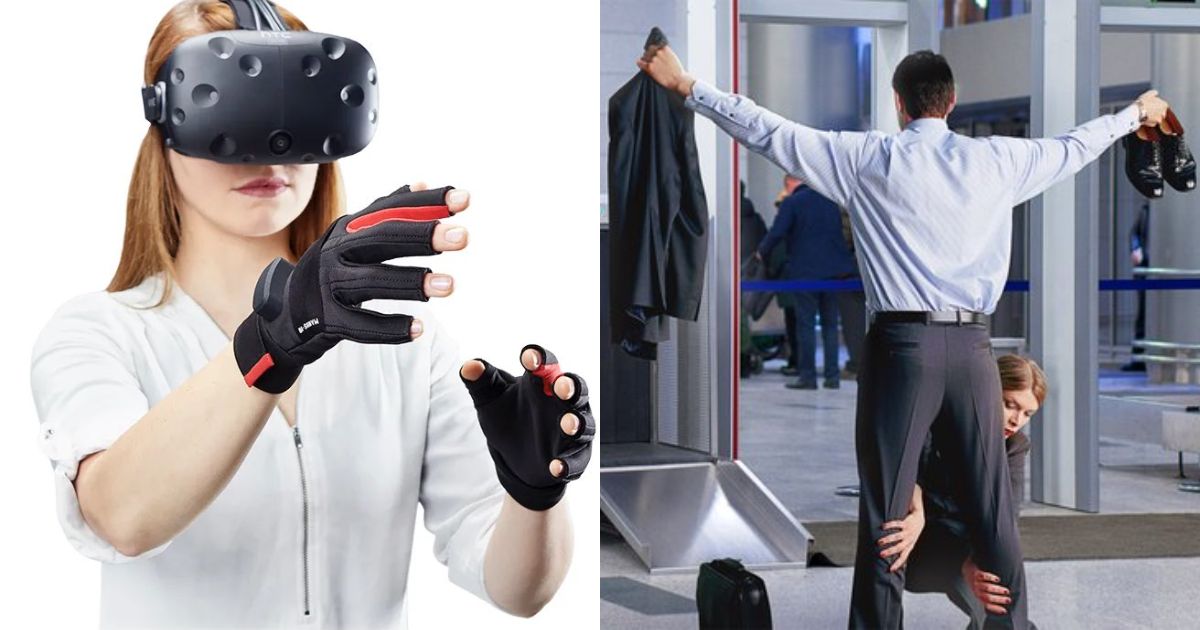The Transportation Security Administration (TSA) is back with another new advanced technology. According to The Mirror US, the agency is exploring VR or virtual reality for hands-free pat downs at the airport.
If this new technology is implemented, passengers would be able to preserve their privacy through security checks, while also it would prevent harm while touching unsafe objects. The current process is more “invasive,” as claimed by travelers.
TSA has already introduced a Touchless ID process at most airports across the United States. It is a facial recognition technology that makes the identity verification process much easier for both the officials and the travelers. Now, the agency is working on using technology for touchless pat-downs at the airports.
The US Department of Homeland Security made an official press release, stating that the researchers are looking into something called “Wearable Sensor for Contactless Physical Assessment” or WSCPA. If the new innovation is implemented, TSA agents will be required to wear VR goggles and haptic feedback gloves to pat down travelers at the security checkpoints without actually invading their privacy.
The DHS information sheet further explained that this new tech would use touchless sensors to register any harmful object’s contours. From there, it would generate feedback to physically replicate the target object. This would help agents in “physical sensation and assessment without direct contact.”
“The touchless sensor system could be enabled through millimeter wave scanning, light detection and ranging (LiDAR), or backscatter X-ray technology,” the agency explained.
As long as it provides the same level of security that’s great news!
— Gonzo (@GonzoCredit) June 5, 2025
They added, “A user fits the device over their hand. When the touchless sensors in the device are within range of the targeted object, the sensors in the pad detect the target object’s contours to produce sensor data.”
“The contour detection data runs through a mapping algorithm to produce a contour map. The contour map is then relayed to the back surface that contacts the user’s hand through haptic feedback to physically simulate a sensation of the virtually detected contours in real-time.”
The explanation of this “wearable accessory” really provided insights into how it could be implemented. The DHS said, apart from saving time, the key benefits of this VR tech would include protecting the privacy of passengers during the pat-downs. At the same time, it would also provide physical awareness for visually impaired individuals while also preventing harm when touching unsafe objects.
The innovation of the tech, which is still in the conceptual development process, began in 2022, according to the patent filings by DHS researchers. The filings include graphic detail of how the VR would be used by the Transportation Security Administration agents to pat down a passenger’s “private body zone,” or “belt buckle.”













